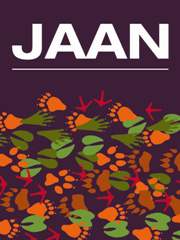Article contents
Influence of selenium source on the performance, feathering and meat quality of broilers
Published online by Cambridge University Press: 18 April 2017
Summary
The following trial was conducted to investigate the effects of Se source (inorganic sodium selenite (SS) versus organic use Sel-Plex® (SP; Alltech Inc, Nicholasville, KY, USA)) on the performance, feathering and meat quality of 900, one-day-old male broilers over a 42 day growing period. Pens (n = 20) were randomly assigned to either: Diet A (no Se; negative control), Diet B as for diet A plus 0.3 mg/kg SS (positive control), Diet C as for diet A plus 0.2 mg/kg SP, Diet D as for diet A plus 0.3 mg/kg SP and Diet E as for diet A plus 0.4 mg/kg SP. From day 1 to 28, significant (P < 0.05) treatment effects were seen for feed intake and FCR, with values for the negative control being higher than for the diets containing Se. The best FCR was recorded for the diet containing 0.4 mg/kg SP. Breast meat yield for birds fed the negative control were lower than those fed selenite or SP supplemented diets (P < 0.05). Feather measurements on d 14, 28 and 42 of age showed that, although scores became poorer with age (4.9 at 14 d, 4.6 at 28 d and 3.6 at 42 d), they were unaffected (P > 0.05) by dietary Se inclusion. Numeric trends in favour of SP were seen in cooking losses in meat chilled for 24 hours and seven days. Cooking losses in meat frozen for seven days were significantly influenced by Se inclusion, whereby values for birds fed 0.3 and 0.4 mg/kg SP were significantly lower than values for birds fed inorganic selenite (P < 0.05). Tissue Se concentrations were highest for the SP diets. Meat oxidation from the birds fed SP was lower than for the birds fed no Se or SS. The results demonstrated that SP may be more advantageous in improving certain variables of performance and meat quality compared to inorganic sources of Se.
- Type
- Original Research
- Information
- Copyright
- Copyright © Cambridge University Press and Journal of Applied Animal Nutrition Ltd. 2017
References
- 8
- Cited by


